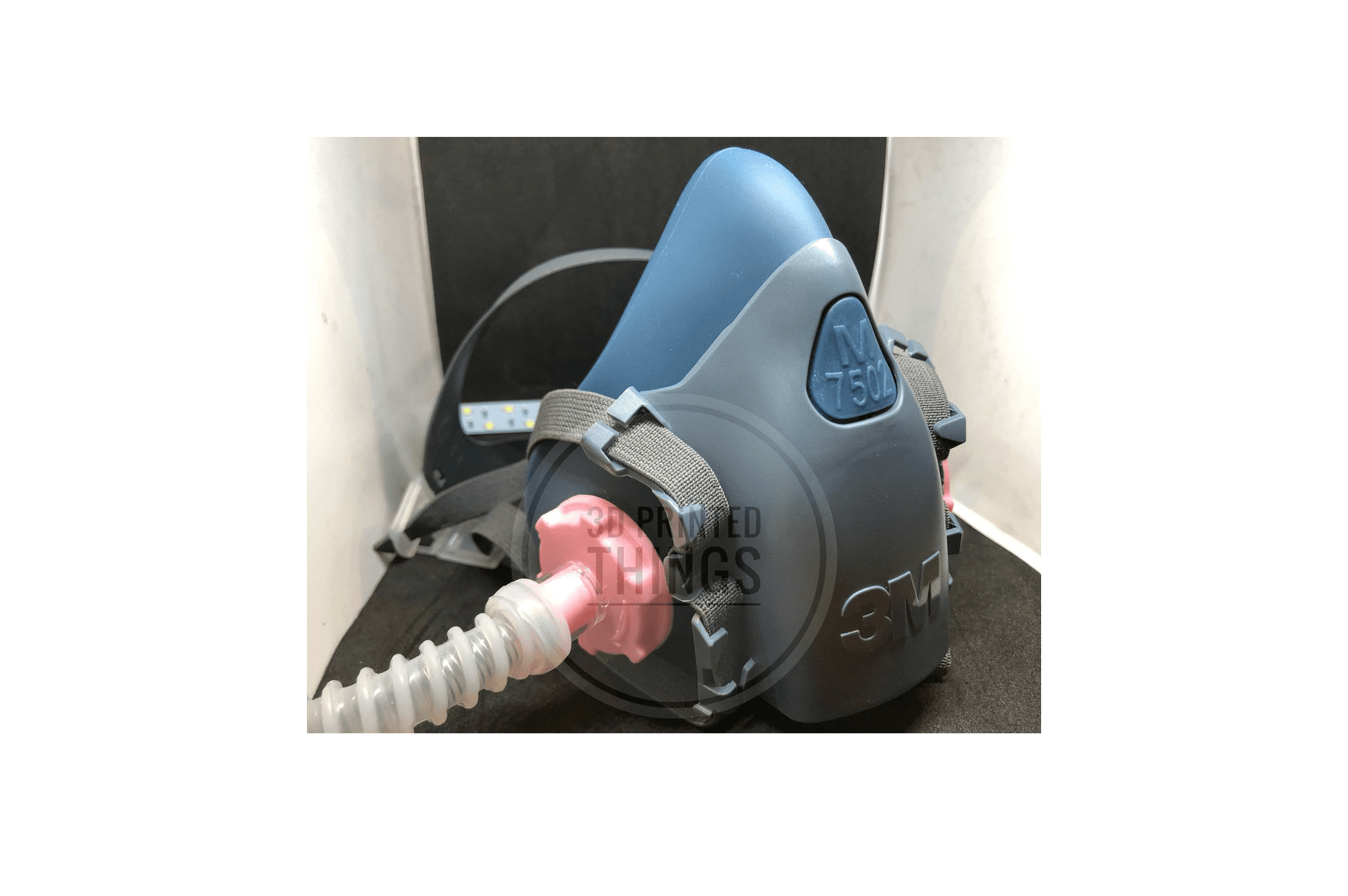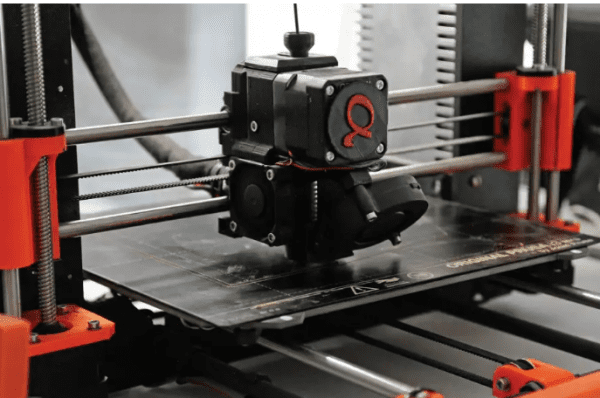Creating a respirator bayonet adapter through 3D printing can be a valuable project, especially during times of medical equipment shortages. A bayonet adapter can allow different types of filters or cartridges to be securely attached to a respirator mask. Here’s a basic guide on how you might approach this:
1. Design: Use a 3D modeling software like Autodesk Fusion 360, Tinkercad, or Blender to design the adapter. Make sure to consider the dimensions and specifications of the respirator mask and the filters/cartridges it’s meant to connect to. You might need to refer to technical drawings or measurements provided by the manufacturer.
2. Material Selection: Choose a suitable material for 3D printing. PLA (Polylactic Acid) is commonly used and works well for prototypes, but if you need greater durability, consider ABS (Acrylonitrile Butadiene Styrene) or PETG (Polyethylene Terephthalate Glycol).
3. 3D Printing: If you have access to a 3D printer, slice your 3D model using slicing software (like Ultimaker Cura or PrusaSlicer) to generate G-code. This code guides the printer on how to create the physical object layer by layer. Ensure your printer is properly calibrated for accurate dimensions.
4. Printing Parameters: Adjust print settings such as layer height, infill density, print speed, and support structures. The settings might vary based on the material and printer you’re using. You’ll want a balance between strength and print time.
5. Quality Control: Inspect the printed adapter for any defects, rough edges, or inaccuracies. Sanding, filing, or trimming might be necessary to achieve a smooth fit and finish.
6. Testing: Attach the printed adapter to the respirator mask and the intended filter or cartridge. Test the connection to ensure it’s secure and airtight. It’s essential to ensure that the adapter doesn’t compromise the respirator’s effectiveness.
7. Iterate and Refine: If your initial design doesn’t fit well or meet the required standards, modify the 3D model and repeat the printing process until you achieve the desired result.
8. Safety Considerations: While 3D printing can be a great tool, remember that any medical or safety-related equipment should meet regulatory and quality standards. It’s essential to involve professionals in the field and potentially seek approval from relevant health authorities before mass-producing or distributing printed adapters.
9. Sharing the Design: If you’ve successfully created a functional design, you might consider sharing it on platforms like Thingiverse or MyMiniFactory so that others can benefit from your work. However, always emphasize the importance of proper testing and safety precautions.
Remember that designing medical equipment, even adapters, requires a high level of precision and understanding of the specific equipment you’re working with. Always prioritize safety, accuracy, and compliance with any applicable regulations.




